Equipment
Paul Casey hilariously roasts commenters about his Scotty Cameron putter weight
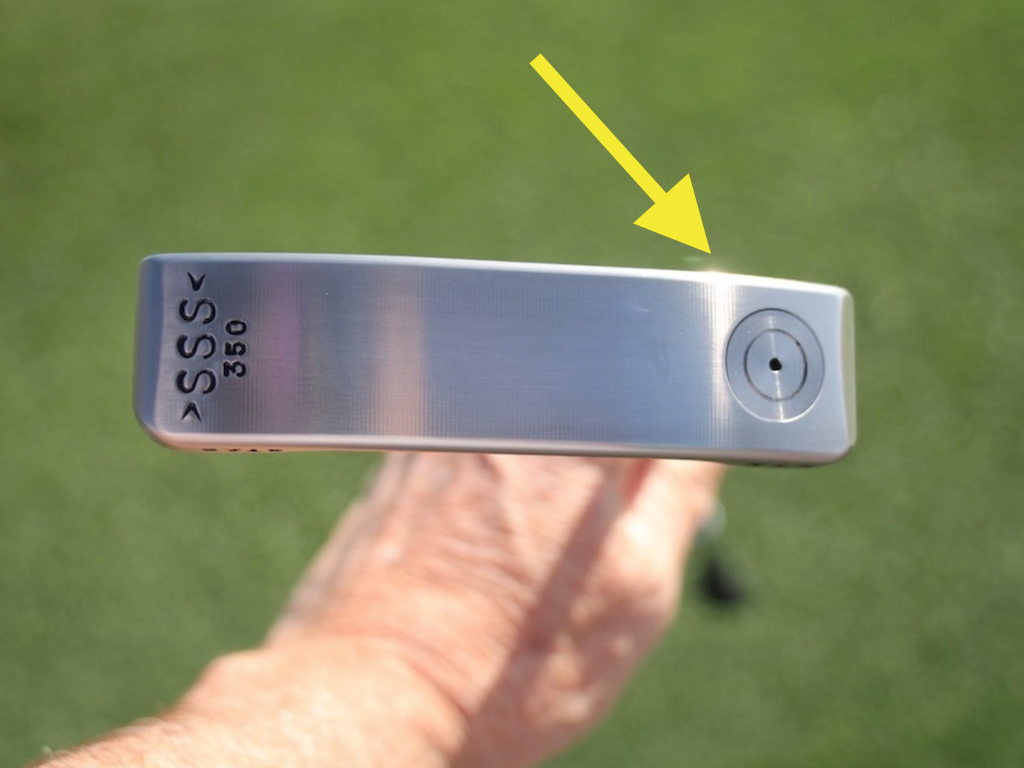
It’s not everyday that PGA Tour players call out Internet commenters on their wrong takes. Well, that is until you start speculating about Paul Casey’s putter, I guess.
After GolfWRX photographer Greg Moore posted photos of Paul Casey’s new Scotty Cameron putter, GolfWRX members and Instagram commenters began theorizing about why there was a weight plug in the heel. There seemed to be a general consensus that Casey was trying to remove weight to make the heel section lighter.
Ahead of the 2022 WGC-Dell Technologies Match Play event, I caught up with Casey to explain exactly what’s going on.
Before we get to his response, first a bit of the backstory.
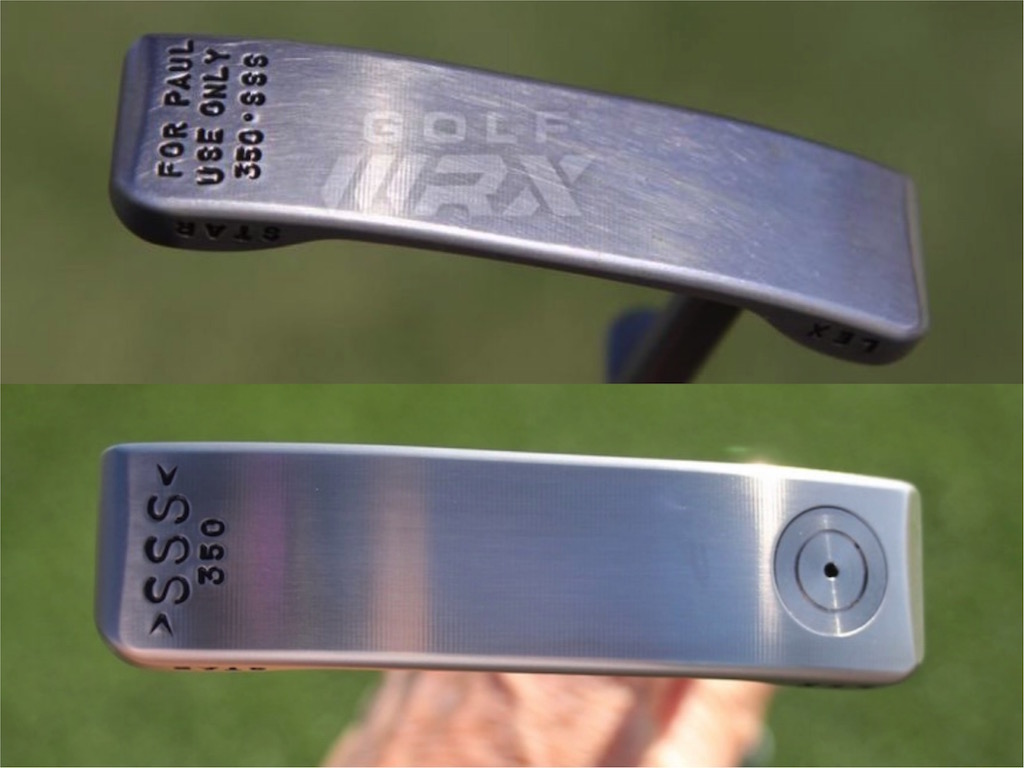
Before the weight (on the top), and after.
For years, Casey had been using the same Scotty Cameron GSS Proto putter, with a smooth sole. In 2022, however, Casey started using a very similar looking Scotty Cameron GSS Proto putter, except this one had a weight plug added to the heel. This led commenters to speculate on the reason for the added weight plug.
The only problem is, they were wrong.
When I cornered Casey at the WGC Dell-Technologies Match Play to get his take on the matter, he had already seen the posts and he was seemingly just waiting to respond. Here’s what he had to say…
“People have no idea, it’s quite funny. I read a post the other day, some guy claiming he knew what was going on.
There’s a post on there, the guy is like, ‘Oh, he drilled it out and he removed weight from the heel.’
First of all, no.
So what you got to remember is – go ask Scotty – every time you see a plug, it’s adding weight, it’s not removing weight. If you remove weight, you just grind it off. You never see it. To remove weight, you just shave the bottom.
So that plug is… he drilled a hole. You lose about 6 grams. That plug is about 12-13 grams. That gives you about a net gain of about 6-7 grams. Adding the weight to the heel is like adding weight to the heel of a driver. It makes the toe lighter, and it makes the toe faster. In other words, it makes the putter rotate more.
My tendency through the years, and why I went cross handed a while ago, is that I tend to – I don’t shut the blade going back, but it’s probably shut to the path. I don’t rotate the putter. I don’t open the putter as much as I’d like to. So that weight in the heel and lightening the toe allows the putter to rotate better… Look, everybody’s an expert, but I know why I did it.”
Additionally, ahead of The 2022 Players Championship, Casey also added a dot to the topline of his putter, whereas his previous putter had a blank topline with no alignment markings.
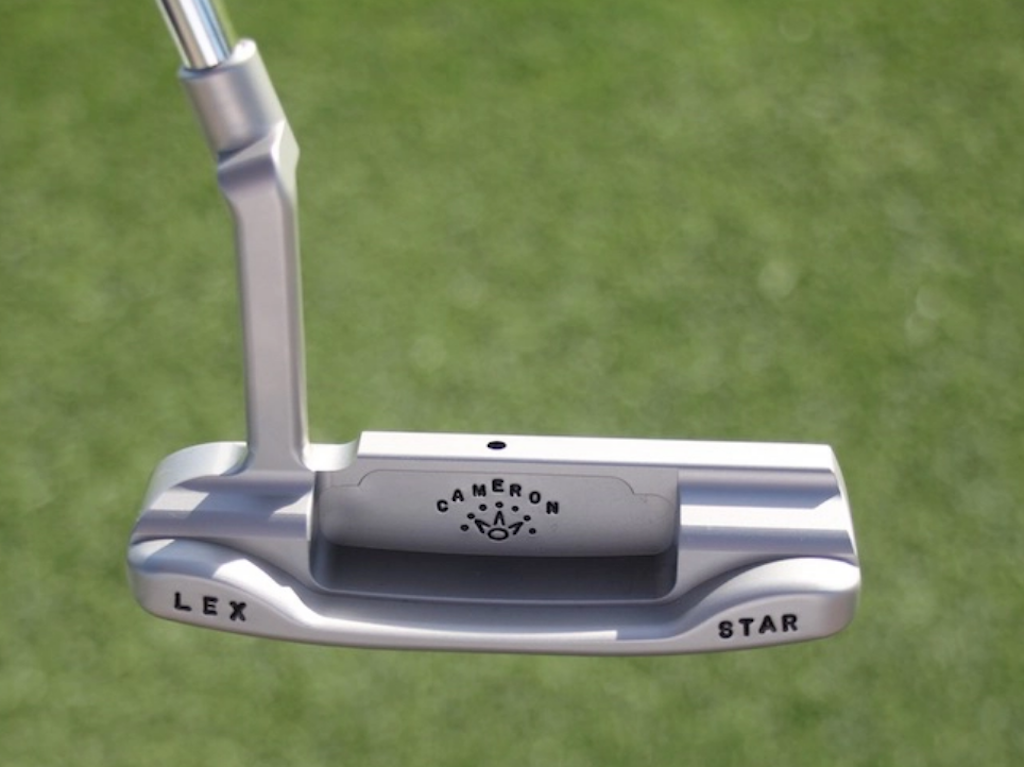
According to Casey, after he posted an Instagram video of his putting stroke in February, he noticed that he was aligning the golf ball too much on the toe of his putter. After watching the video back, he realized that he needed to add a dot to the top.

Before the dot (on the left) and after.
“There’s an Instagram post I put out probably the beginning of the year in February or something like that. I was just doing some gate work, and I was filming my putter from behind. I didn’t notice until I actually put the post out that I was setting up with the ball toward the toe, which is a habit of mine that I’ve had for awhile. You can see it’s on the toe.
“I didn’t notice until I put it out there. I said it’s too much towards the toe. So I just went with the dot. I don’t like a line on the putter. The dot is just nice and simple because then it gets the ball in the sweet spot…everything else stayed the same. Same loft, same lie, same grip. Same stampings. The weight appeared at the beginning of the year, and then the dot appeared the week of The Players. I asked for it three or four weeks before, but sometimes it takes time.
My existing putter has a little Sharpie dot on the top and I practice with it (laughs). I just put a black Sharpie dot. It’s in the locker right now with a black Sharpie on top. The one I’m using now has an official dot.
We just put it on there to see what it would look like. You can always get some acetone and wipe it off.”
And there you have it. There’s no better source for why Paul Casey made changes to his putter than Paul Casey himself. It’ll be interesting to see if any commenters dare correct Casey on this one.
It should also be noted that the switch worked, since Casey finished 3rd at The Players (and won $1.38 million).
To join in on the forum thread about Casey’s new Scotty Cameron putter, click here.
- LIKE226
- LEGIT27
- WOW10
- LOL8
- IDHT4
- FLOP6
- OB2
- SHANK11
Whats in the Bag
WITB Time Machine: Danny Willett’s winning WITB, 2016 Masters
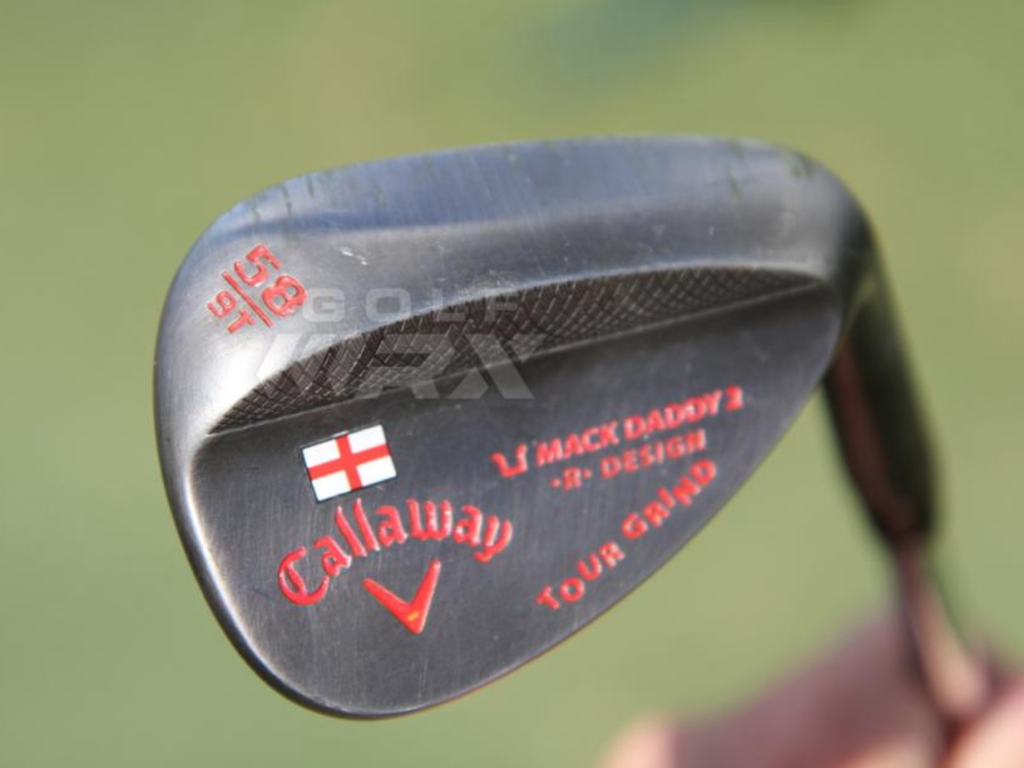
Driver: Callaway XR 16 (9 degrees)
Shaft: Mitsubishi Rayon Diamana W-Series 60 X
Length: 45.5 inches
3-wood: Callaway XR 16 (15 degrees)
Shaft: Mitsubishi Rayon Diamana W-Series 70X
5-wood: Callaway XR 16 (19 degrees)
Shaft: Mitsubishi Rayon Diamana W-Series 80X
Irons: Callaway Apex UT (2, 4), Callaway Apex Pro (5-9)
Shaft: True Temper Dynamic Gold X100 Superlite
Wedges: Callaway Mack Daddy 2 (47-11 S-Grind) Callaway Mack Daddy 2 Tour Grind (54-11, 58-9)
Shaft: True Temper Dynamic Gold X100 Superlite
Putter: Odyssey Versa #1 Wide (WBW)
Lie angle: 71 degrees
Ball: Callaway Speed Regime SR-3
Check out more photos of Willett’s equipment from 2016 here.
- LIKE7
- LEGIT0
- WOW1
- LOL0
- IDHT0
- FLOP0
- OB0
- SHANK0
Equipment
Project X Denali Blue, Black shaft Review – Club Junkie Review
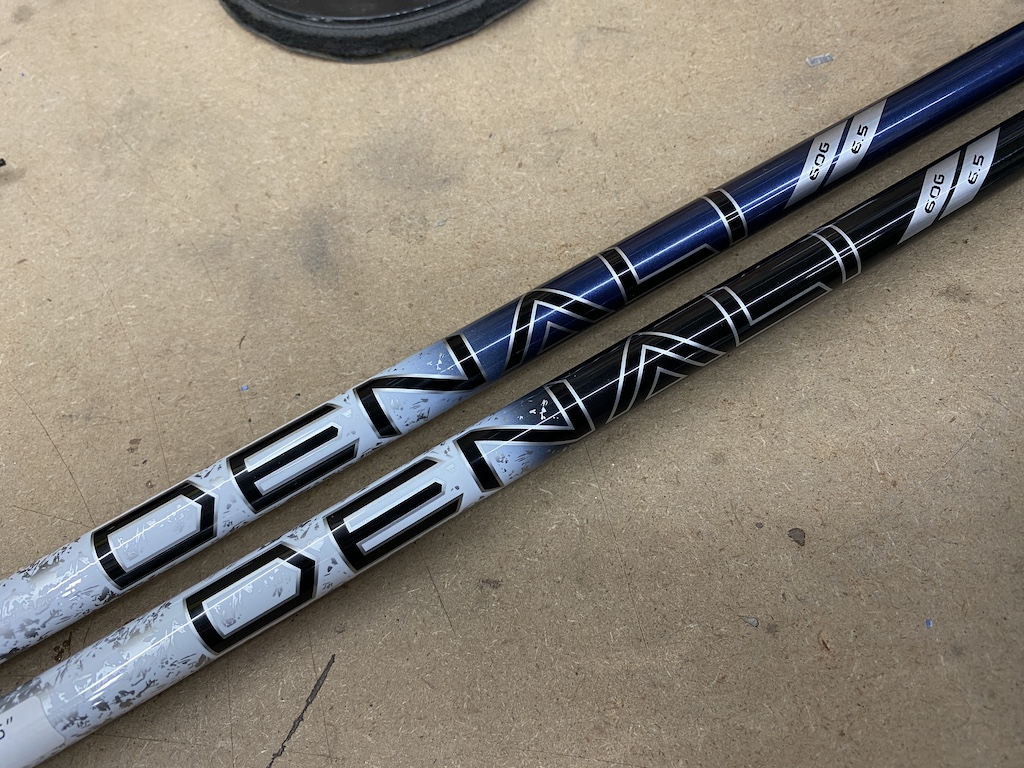
Originally, Project X was known for low-spin steel iron shafts. However, the company might now be known for wood shafts. Denali is the newest line of graphite shafts from Project X. With the Denali line, the company focuses on feel as well as performance.
There are two profiles in the Denali line, Blue and Black, to fit different launch windows. Denali Blue is the mid-launch and mid-spin profile for players who are looking for a little added launch and Denali Black is designed for low-launch and low-spin. Both models are going to offer you a smooth feel and accuracy.
For a full in-depth review check out the Club Junkie podcast on all podcast streaming platforms and on YouTube.
Project X Denali Blue
I typically fit better into mid-launch shafts, as I don’t hit a very high ball so the Denali Blue was the model I was more excited to try. Out of the box, the shaft looks great and from a distance, it is almost hard to tell the dark blue from the Denali Black. With a logo down install of the shaft, you don’t have anything to distract your eyes, just a clean look with the transition from the white and silver handle section to the dark navy mid and tip.
Out on the course, the Blue offers a very smooth feel that gives you a good kick at impact. The shaft loads easily and you can feel the slightly softer handle section compared to the HZRDUS lineup. This gives the shaft a really good feel of it loading on the transition to the downswing, and as your hands get to impact, the Denali Blue keeps going for a nice, strong kick.
Denali Blue is easy to square up at impact and even turn over to hit it straight or just little draws and most of the flex of the shaft feels like it happens right around where the paint changes from silver to blue. The Blue launches easily and produces what I consider a true mid-flight with the driver. While it is listed as mid-spin, I never noticed any type of rise in my drives. Drives that I didn’t hit perfectly were met with good stability and a ball that stayed online well.
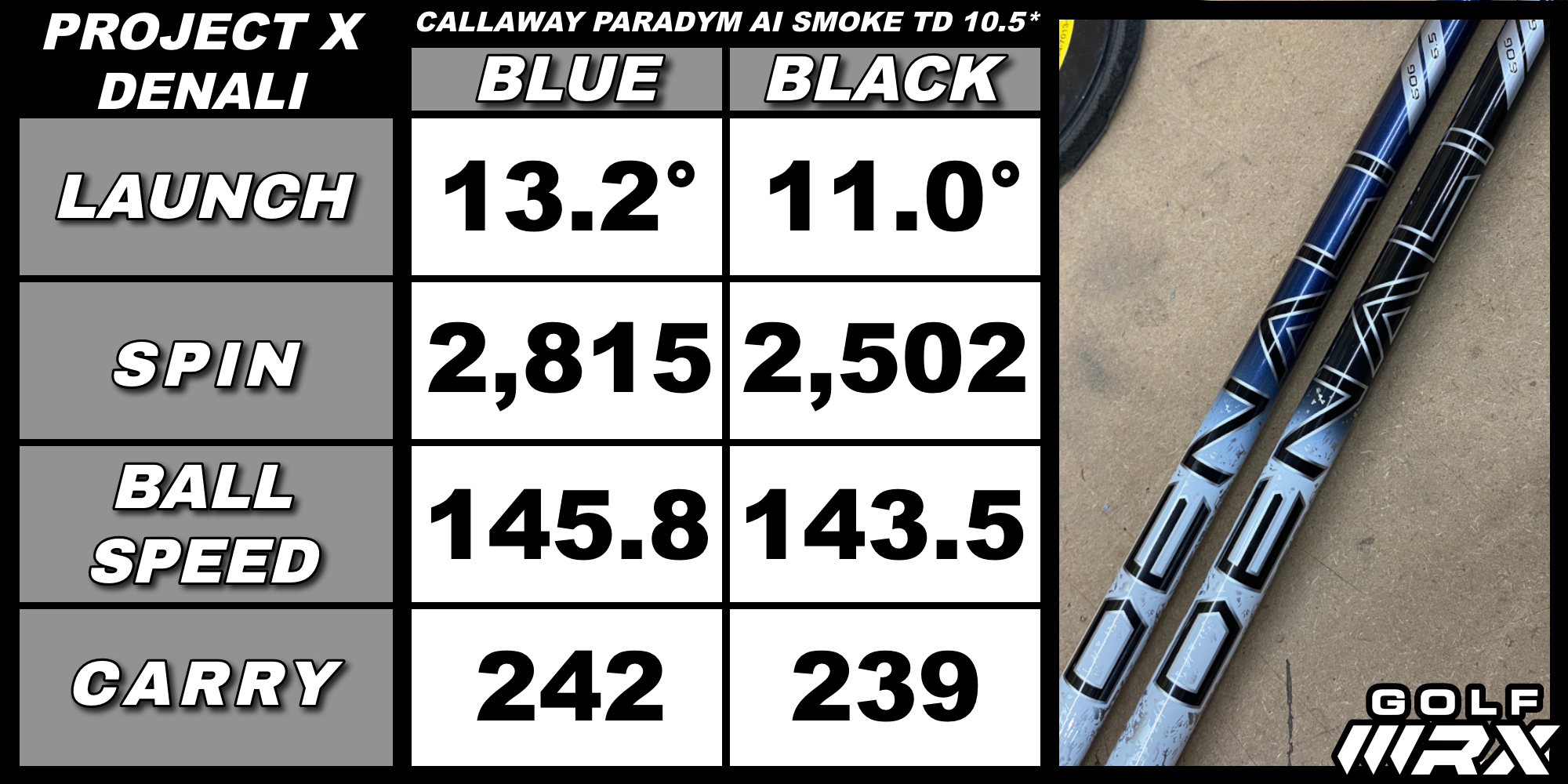
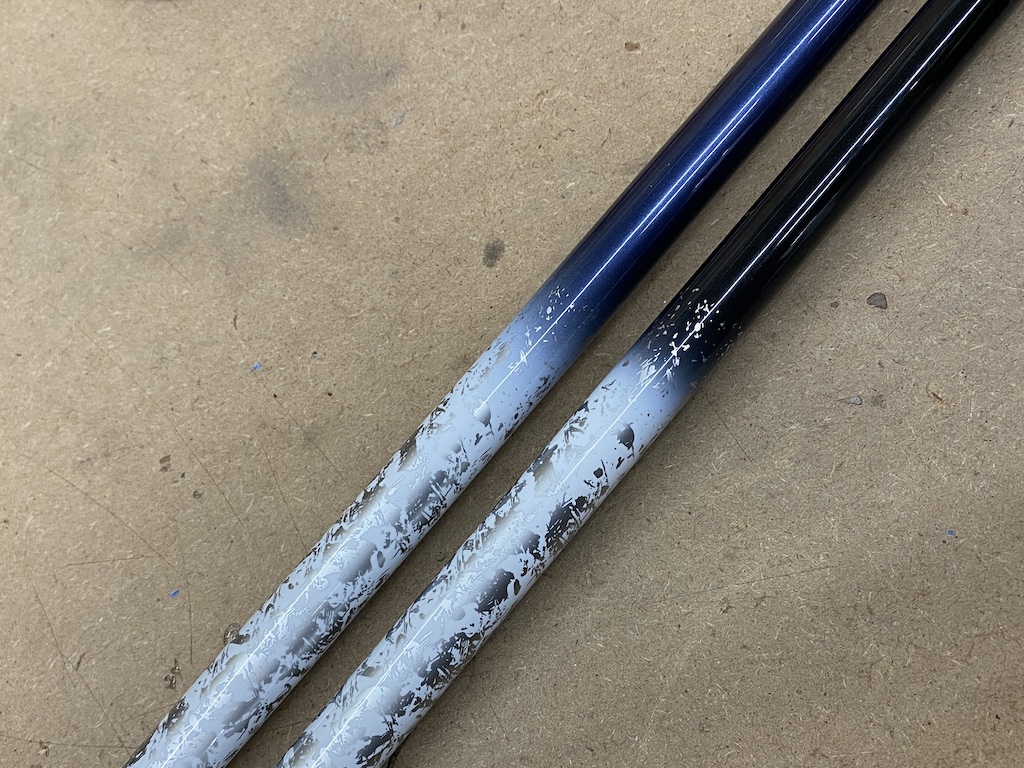
Project X Denali Black
When you hold the Denali Black in your hands you can tell it is a more stout shaft compared to its Blue sibling by just trying to bend it. While the handle feels close to the Blue in terms of stiffness, you can tell the tip is much stiffer when you swing it.
Denali Black definitely takes a little more power to load it but the shaft is still smooth and doesn’t give you any harsh vibrations. Where the Blue kicks hard at impact, the Black holds on a little and feels like keeps you in control even on swings that you try and put a little extra effort into. The stiff tip section also makes it a little harder to square up at impact and for some players could take away a little of the draw from their shot.
Launch is lower and more penetrating compared to the Blue and produces a boring, flat trajectory. Shots into the wind don’t rise or spin up, proving that the spin stays down. Like its mid-launch sibling, the Black is very stable and mishits and keeps the ball on a straighter line. Shots low off the face don’t get very high up in the air, but the low spin properties get the ball out there farther than you would expect. For being such a stout shaft, the feel is very good, and the Denali Black does keep harsh vibrations from your hands.
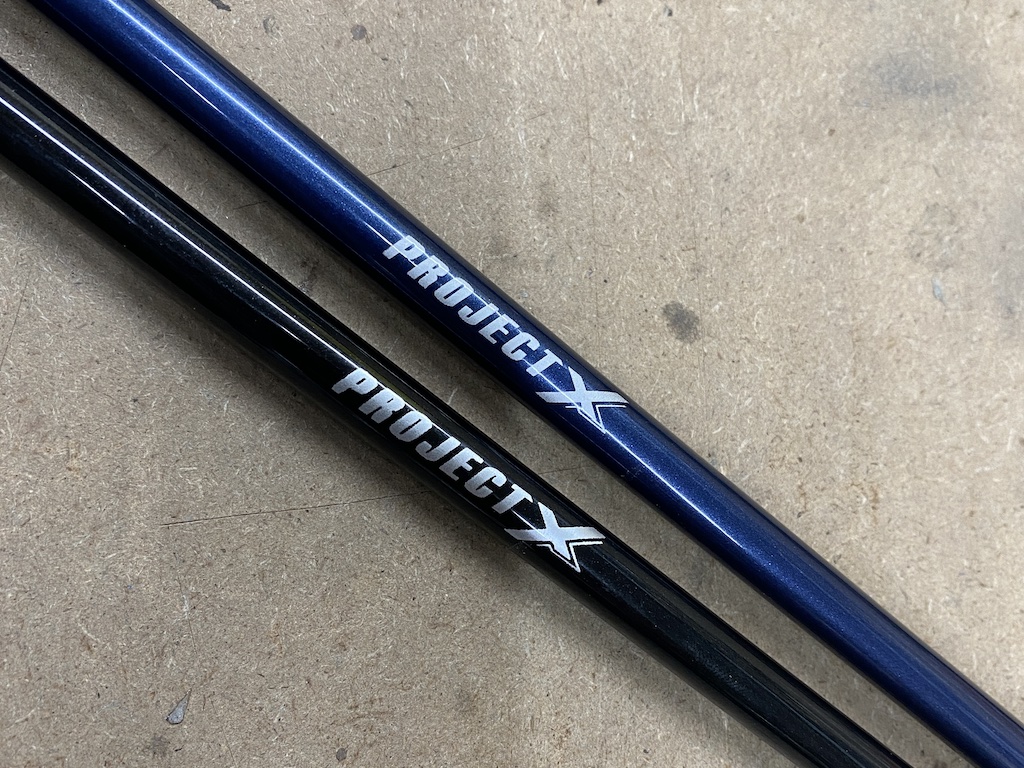
Overall the Project X Denali Blue and Black are great additions to the line of popular wood shafts. If you are looking for good feel and solid performance the Denali line is worth trying out with your swing. Choose Blue for mid-launch and mid-spin or Black for lower launch and low spin.
- LIKE4
- LEGIT4
- WOW2
- LOL0
- IDHT0
- FLOP0
- OB0
- SHANK0
Equipment
What we know about Bryson DeChambeau’s 3D-printed Avoda irons
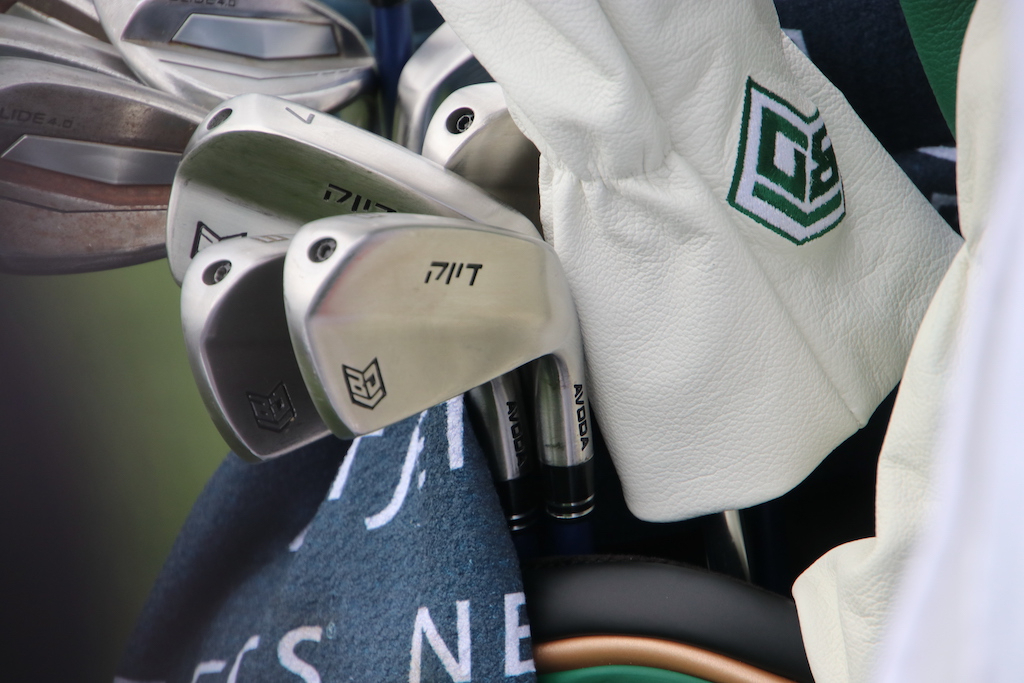
Bryson DeChambeau fired an opening-round 7-under 65 at Augusta National, hitting an impressive 15 of 18 greens in regulation in the process. Golf’s mad scientist’s play grabbed headlines and so too did his equipment. In place of the Ping i230 irons he had in the bag last week for LIV Golf’s Miami event, DeChambeau is gaming a prototype 5-PW set of irons from little-known direct-to-consumer manufacturer Avoda.
What is Avoda Golf?
Founded by Tom Bailey, also a Mike Schy student like Bryson DeChambeau, Avoda Golf is a direct-to-consumer golf equipment company that currently manufactures both single and variable-length irons in one model that are available for pre-order.
What irons is Bryson DeChambeau playing?
Per multiple reports, DeChambeau is playing a custom-designed set of single-length irons that incorporate bulge and roll into the face design. The two-piece 3D-printed irons were reportedly only approved for play by the USGA this week, according to Golfweek’s Adam Schupak.
Regarding the irons, DeChambeau told Golf Channel the irons’ performance on mishits was the determining factor in putting them in play this week. “When I mishit on the toe or the heel,” DeChambeau said. “It seems to fly a lot straighter for me and that’s what has allowed me to be more comfortable over the ball.”
What can we tell about the design of the clubs?
These days, it is a little hard to speculate on what is under the hood with so many hollow body irons. DeChambeau’s irons look to be hollow on the lower section as they do flare back a decent amount. That “muscle” on the back also looks to be fairly low on the iron head, but we can assume that is progressive through the set, moving up higher in the short irons.
A screw out on the toe is probably used to seal up the hollow cavity and used as a weight to dial in the swing weight of the club. From pictures, it is hard to tell but the sole looks to have a little curve from heel to toe while also having some sharper angles on them. A more boxy and sharper toe section looks to be the design that suits Bryson’s eye based on the irons he has gravitated toward recently.
What are bulge and roll, again?
Two types of curvature in a club face, traditionally incorporated only in wood design. Bulge is heel-toe curvature. Roll is crown-sole curvature. Both design elements are designed to mitigate gear effect on off-center strikes and produce shots that finish closer to the intended target line. (GolfTec has an excellent overview of bulge and roll with some handy GIFs for the visual learner)
What else is in DeChambeau’s bag?
Accompanying his traditional Sik putter, Bryson builds his set with a Ping Glide 4.0 wedges, a Krank Formula Fire driver and 5-wood, and a TaylorMade BRNR Mini Driver, all with LA Golf graphite shafts.
- LIKE119
- LEGIT39
- WOW31
- LOL17
- IDHT9
- FLOP9
- OB10
- SHANK25
-

 19th Hole4 days ago
19th Hole4 days agoDave Portnoy places monstrous outright bet for the 2024 Masters
-

 19th Hole3 weeks ago
19th Hole3 weeks agoJohn Daly stuns fans into silence with brutal opening tee shot on PGA Tour Champions
-

 19th Hole2 weeks ago
19th Hole2 weeks agoThings got heated at the Houston Open between Tony Finau and Alejandro Tosti. Here’s why
-

 19th Hole5 days ago
19th Hole5 days agoTiger Woods arrives at 2024 Masters equipped with a putter that may surprise you
-

 19th Hole1 week ago
19th Hole1 week agoReport: Tiger Woods has ‘eliminated sex’ in preparation for the 2024 Masters
-

 19th Hole3 weeks ago
19th Hole3 weeks agoCharlie Woods finds it tough going on American Junior Golf Association debut
-

 19th Hole2 weeks ago
19th Hole2 weeks agoAddiction, spinal fusion, and scam artists – Everything Anthony Kim revealed in candid interview with David Feherty
-

 19th Hole1 week ago
19th Hole1 week agoAnthony Kim says doctors told him that he ‘may not have much time left’ ahead of LIV return



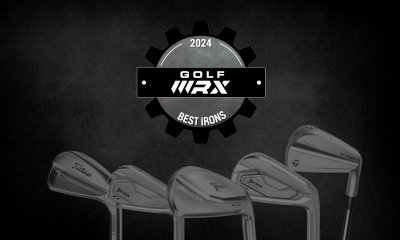



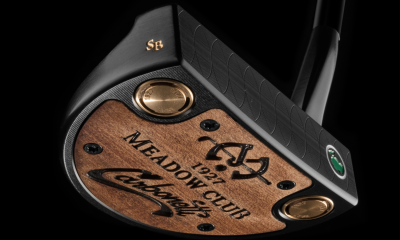

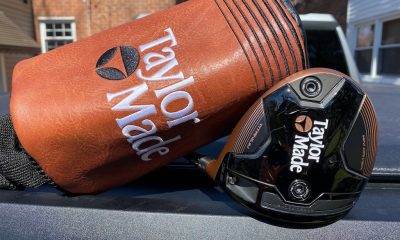

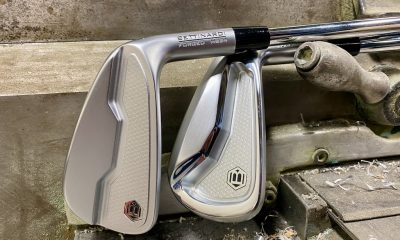

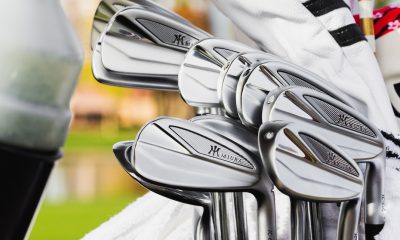

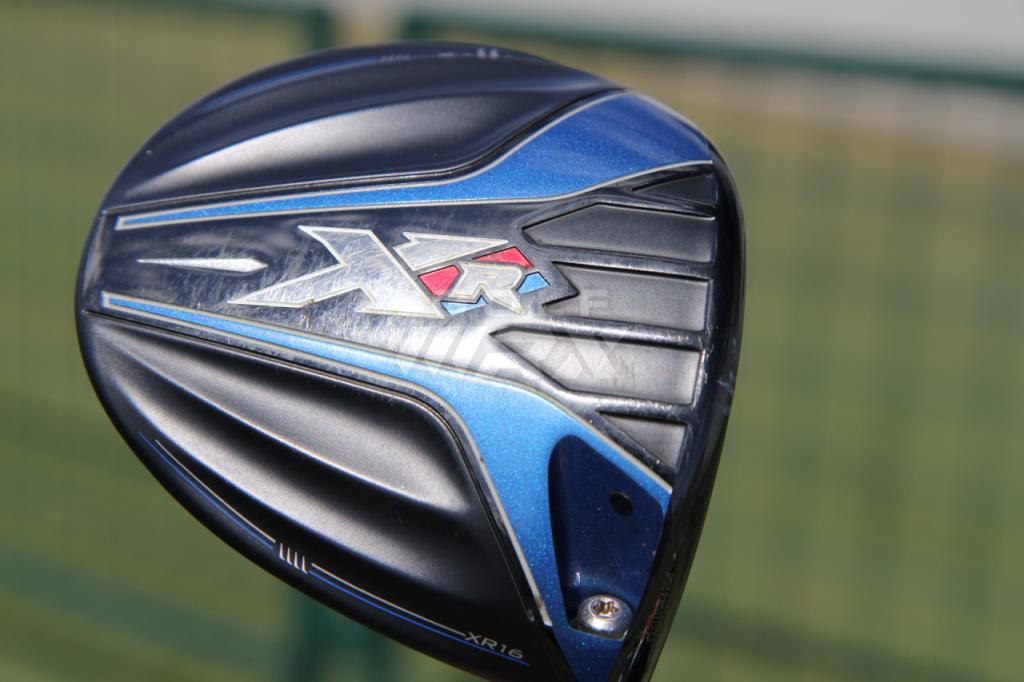
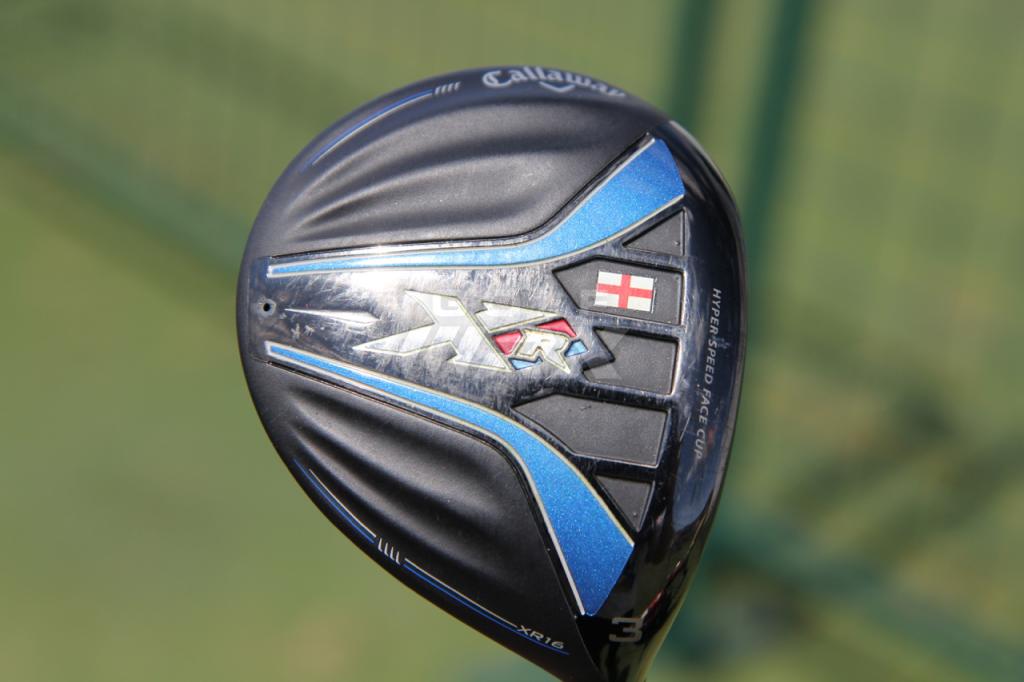

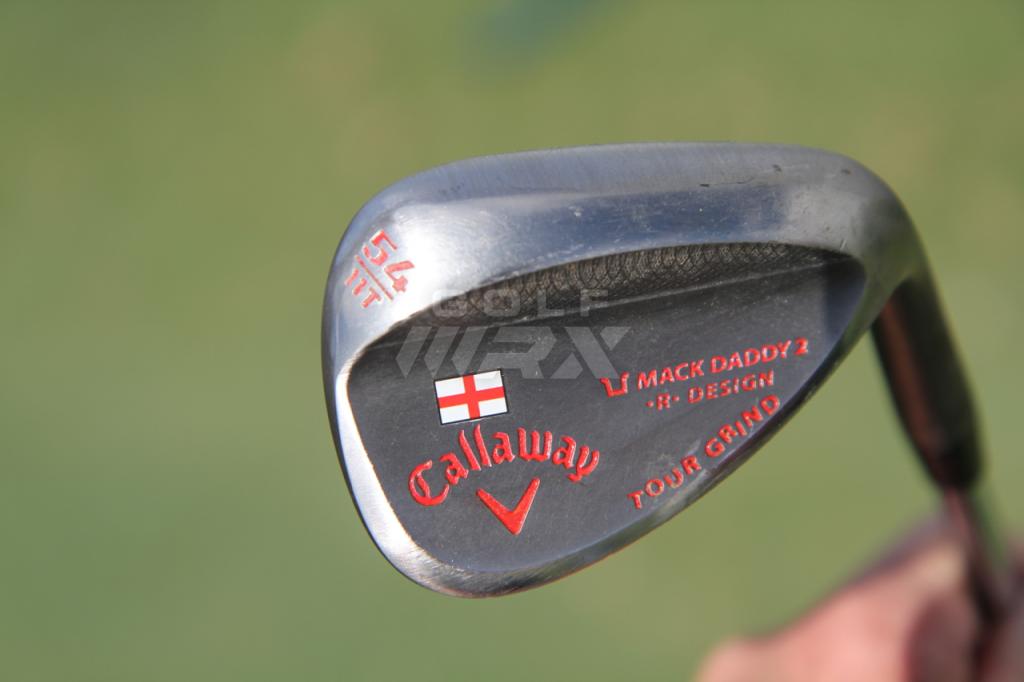
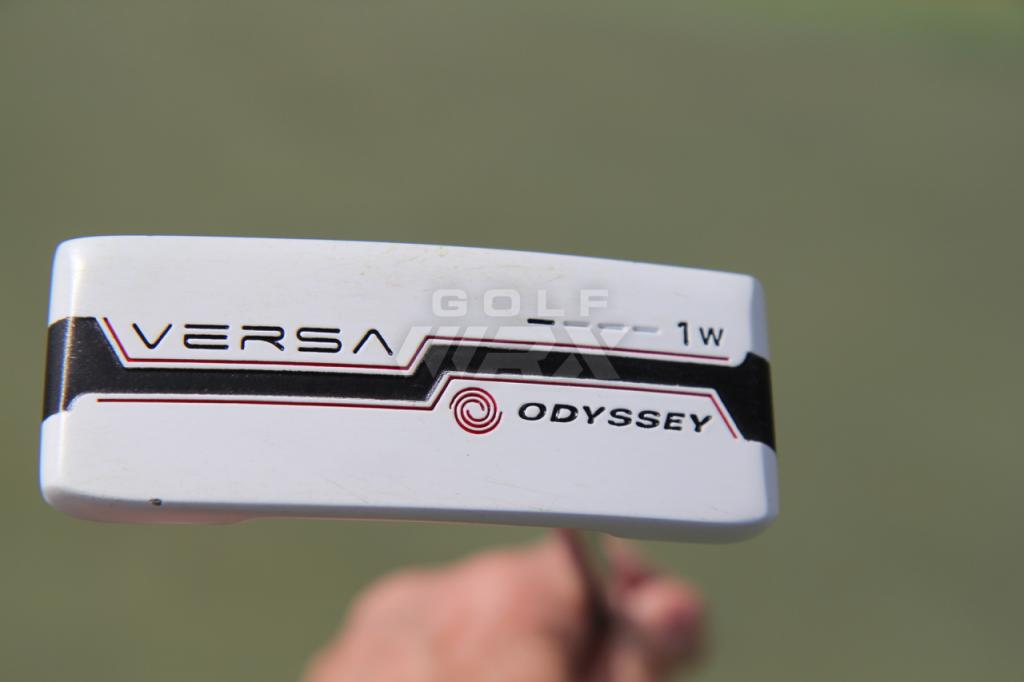














Pingback: The Top 10 gear stories of 2022 (so far): Where do Tiger’s FootJoy shoes rank? – GolfWRX
Pingback: Adam Scott's Latest Club Switch - White Eagle Sport
Todd Dugan
Mar 25, 2022 at 12:51 pm
Adding weigh to the heel simply moves the center of gravity closer to the heel. It does not make the toe rotate faster. That is a myth. Its always explained that that’s how movable weight technology works. Its not. By moving the CG on a wood, you’re playing with gear effect. That sight dot is probably a hair off now too.
Jonathan
Mar 27, 2022 at 8:28 pm
You are exactly right. But if Paul Casey has fooled himself into thinking it will help his putting good for him.
Pingback: TOUR REPORT: Adam Scott’s latest club switch, and a 5-wood from 12 years ago – GolfWRX
DG
Mar 25, 2022 at 9:44 am
This validates the ridiculous thoughts about “toe hang”. Casey is correct. It’s simple physics. If the toe is lighter (or the heel is heavier), then it speeds the toe up allowing for the head to more easily release through impact during the stroke. Putters that have more “toe hang” do the exact opposite, contrary to what the public has been led to believe.
Jonathan
Mar 27, 2022 at 8:31 pm
Prove it on a SAM puttlab. You can’t because the theory is garbage.
Rawer
Mar 24, 2022 at 3:52 pm
GSS or SSS putter?
BJ
Mar 23, 2022 at 11:27 pm
i love it… he’s on here and just laughs at everyone on here. Bob in particular lol
Bob
Mar 23, 2022 at 5:52 pm
Lame vs. lame. Lame.
Ricky Bobby
Mar 23, 2022 at 2:24 pm
3rd? If you ain’t first, you’re last.
El Culebrón es King
Mar 23, 2022 at 1:10 pm
GWRX has so many geniuses, lol….
gwrxmods daddy
Mar 24, 2022 at 5:19 pm
Gwrxmod?? is that you?????? how did you drag yourself out of your cave if you dont have a spine???